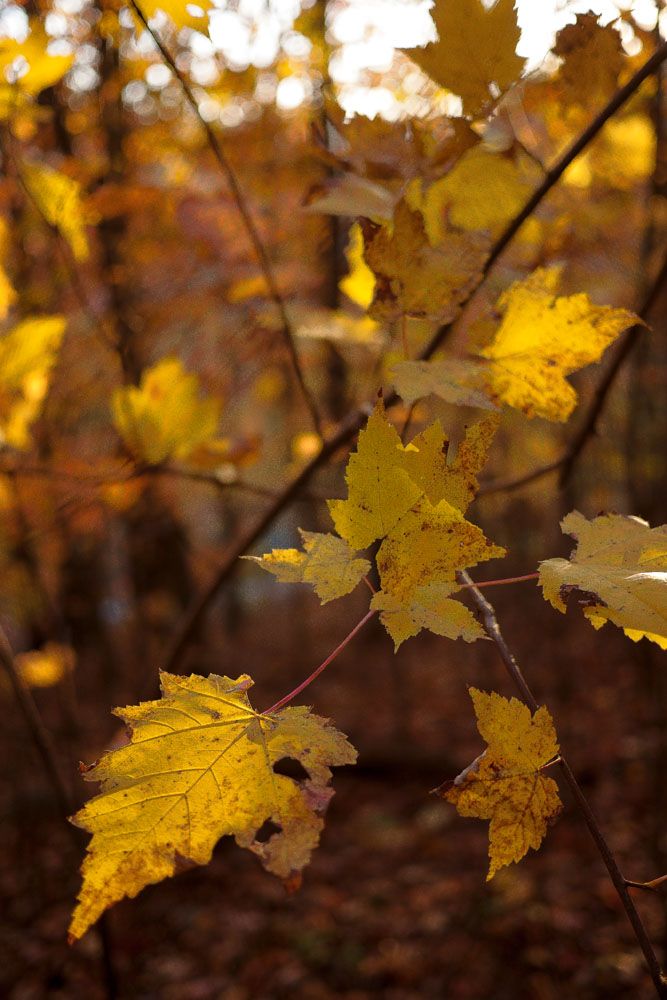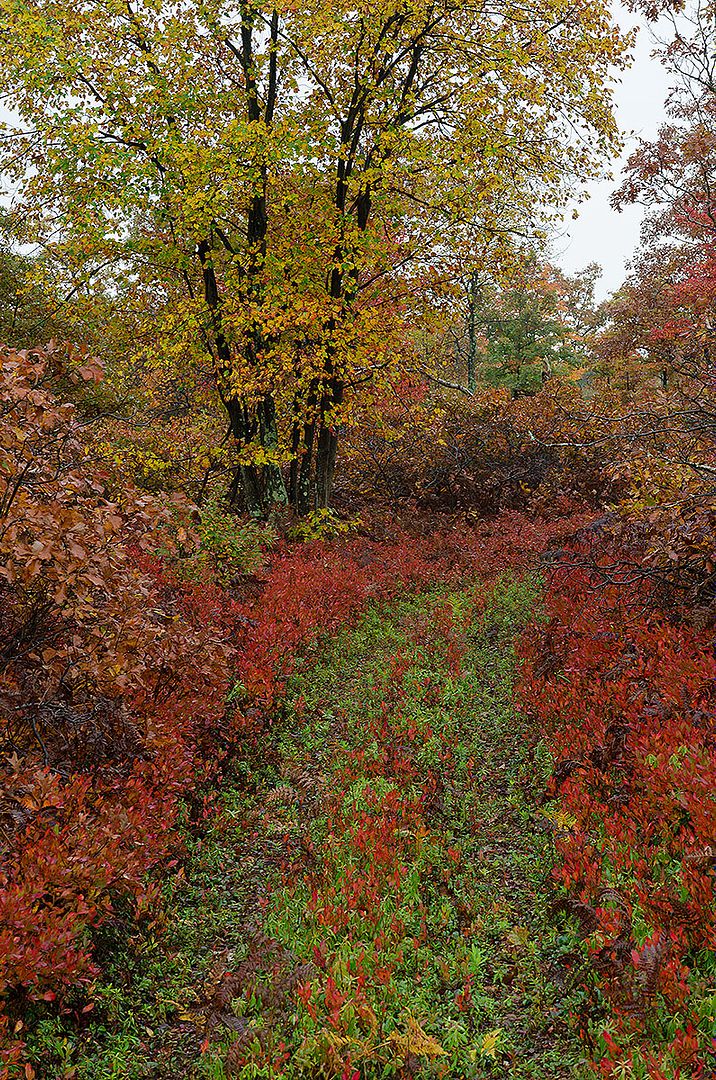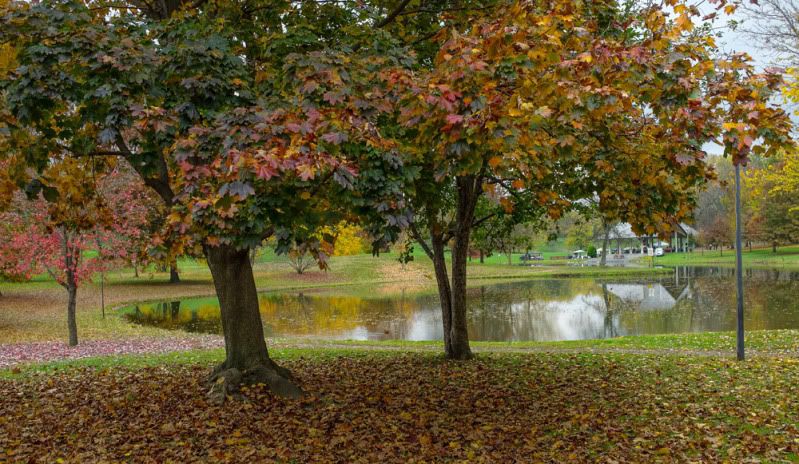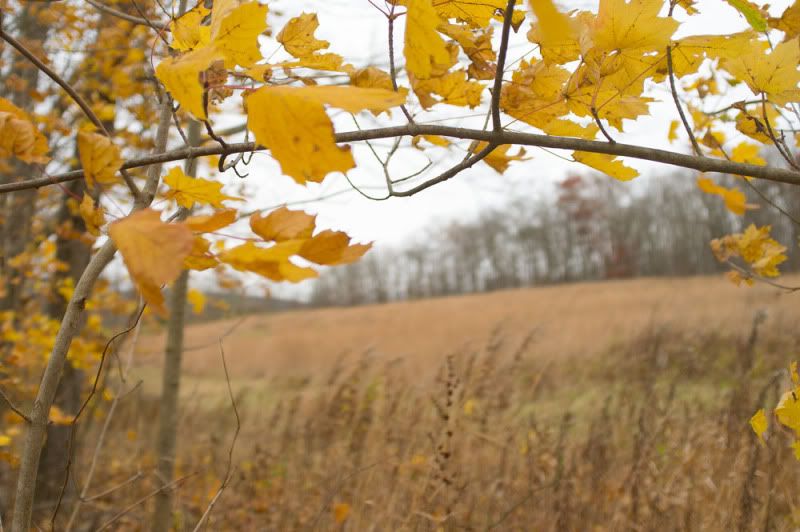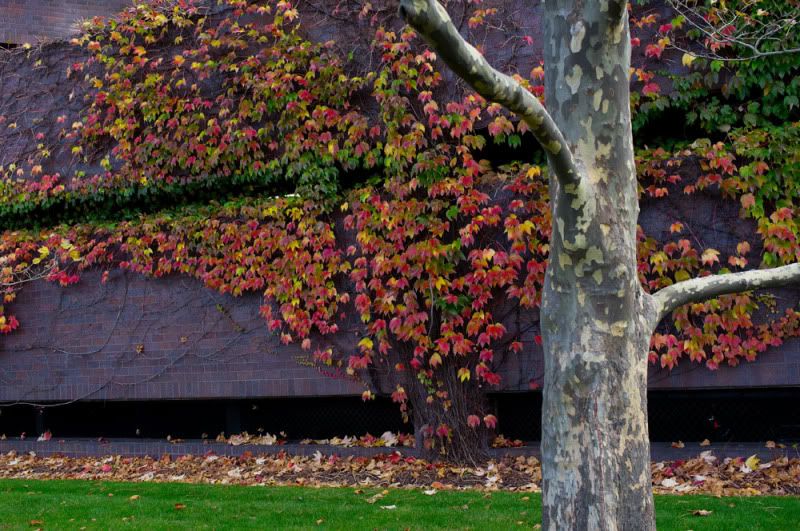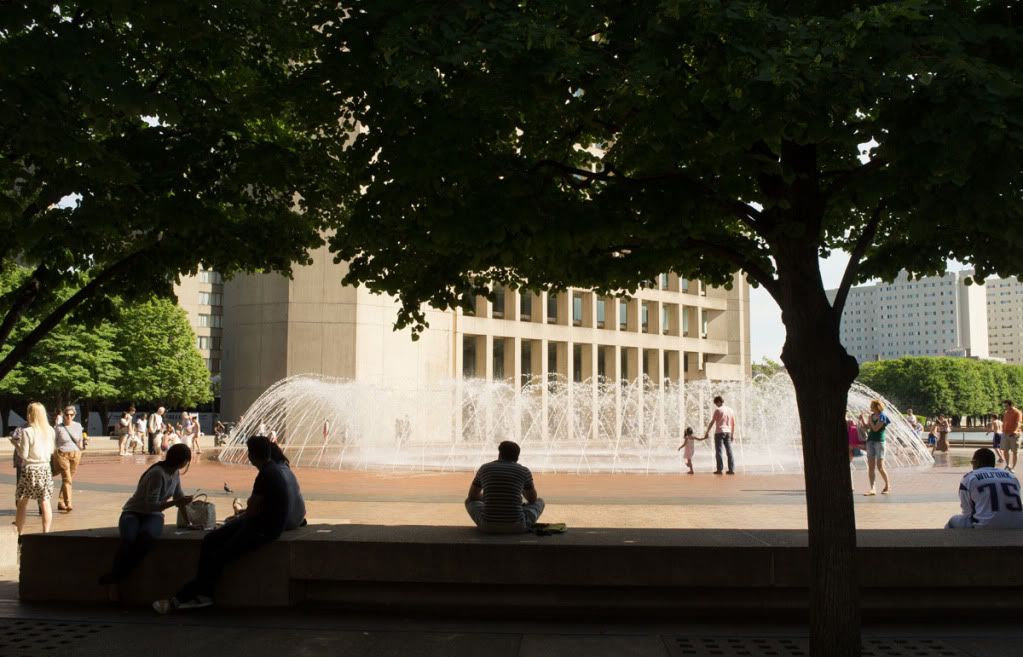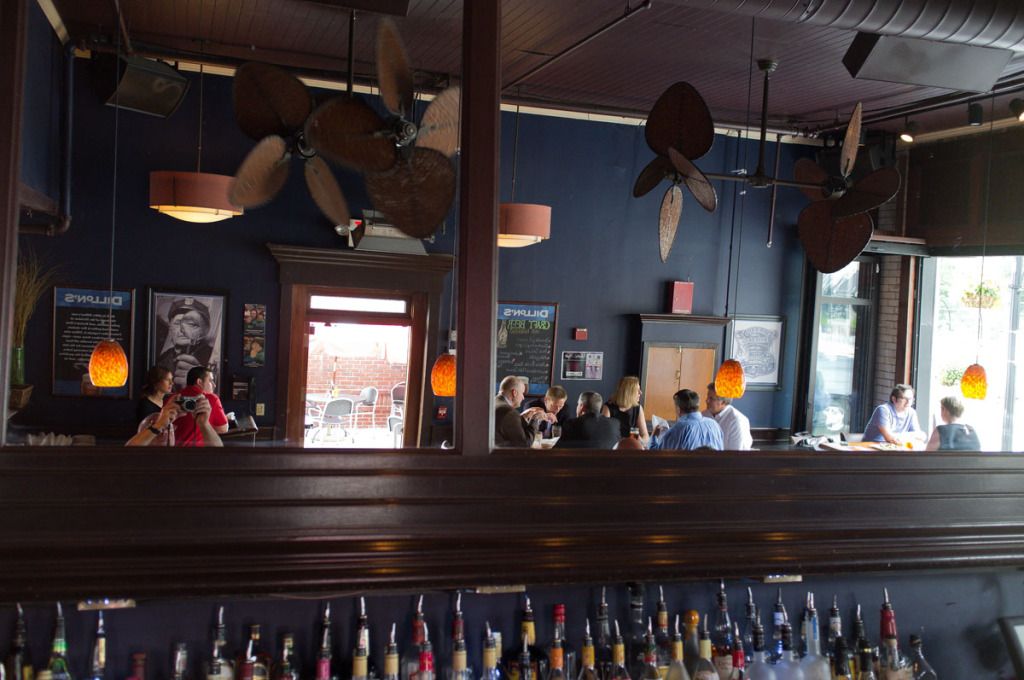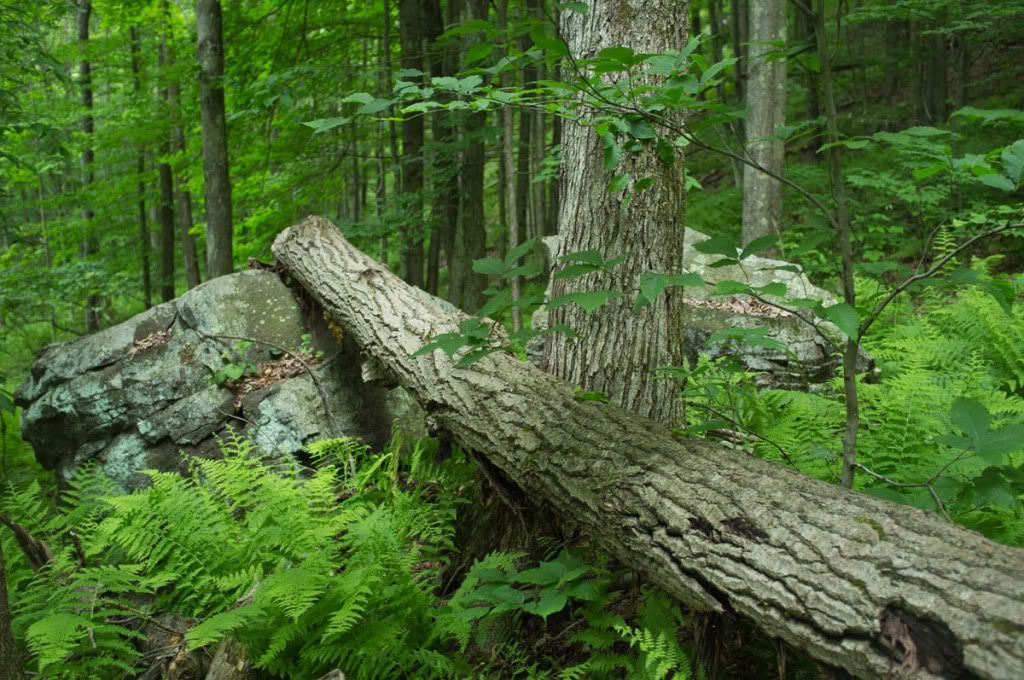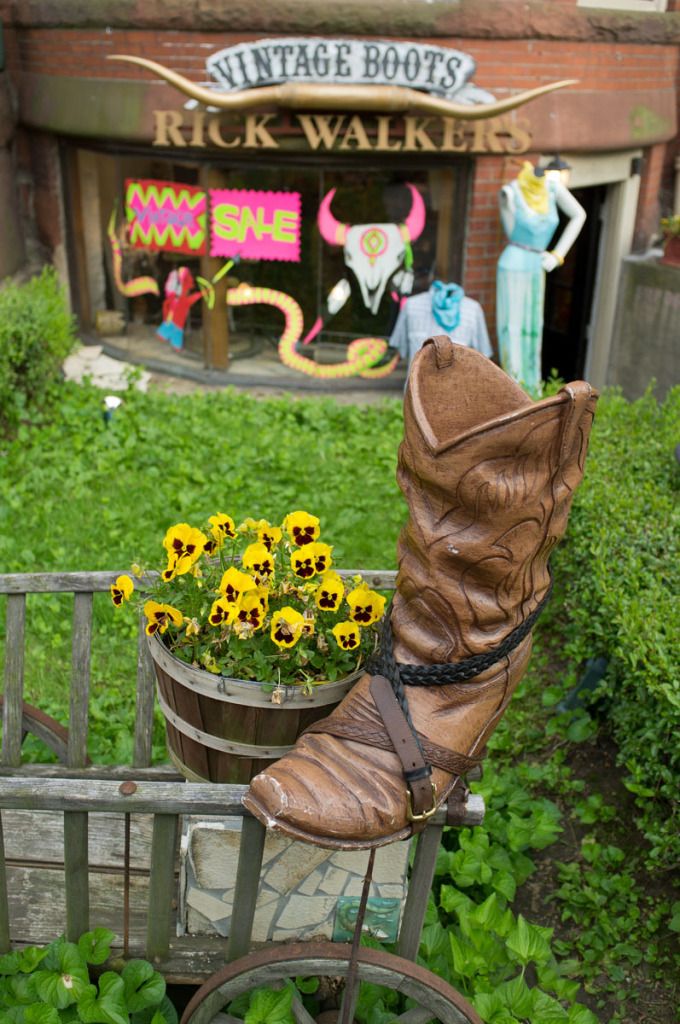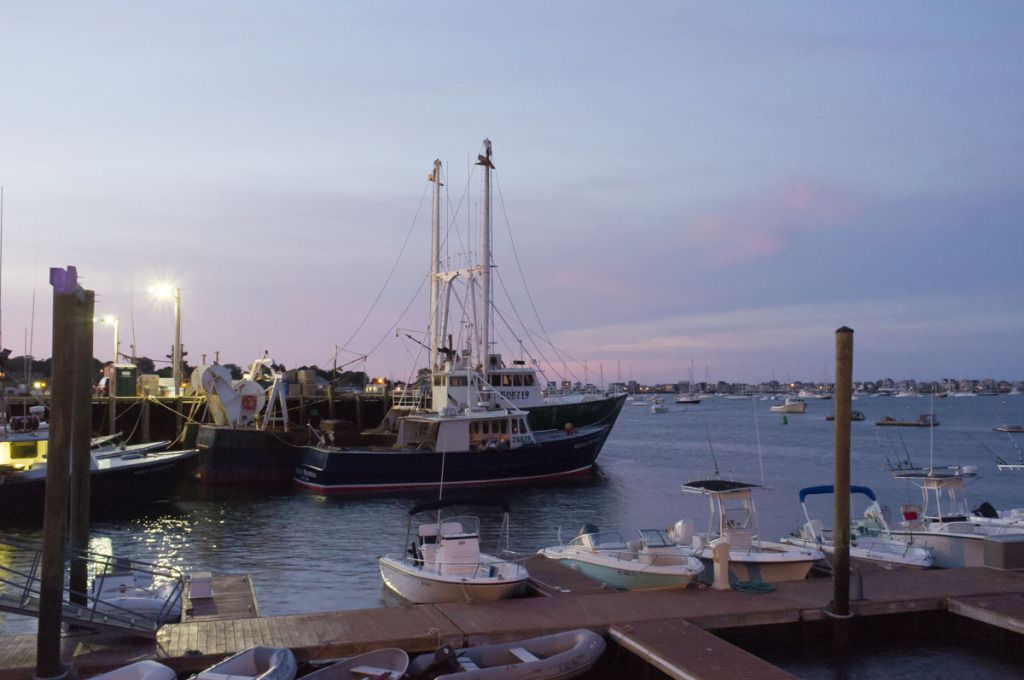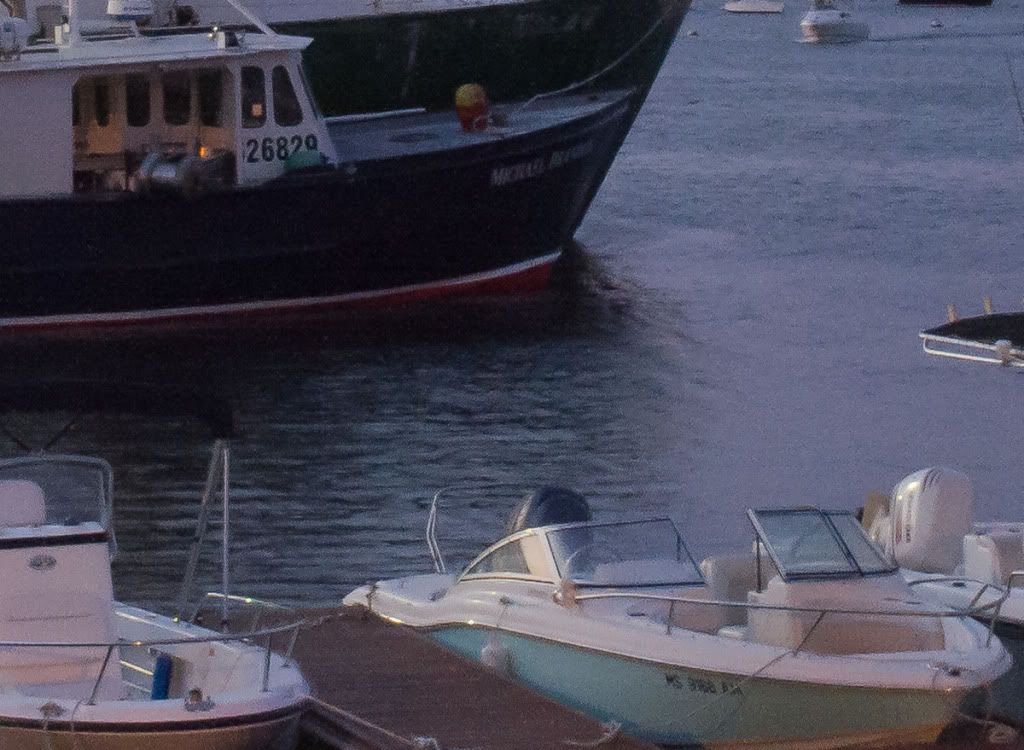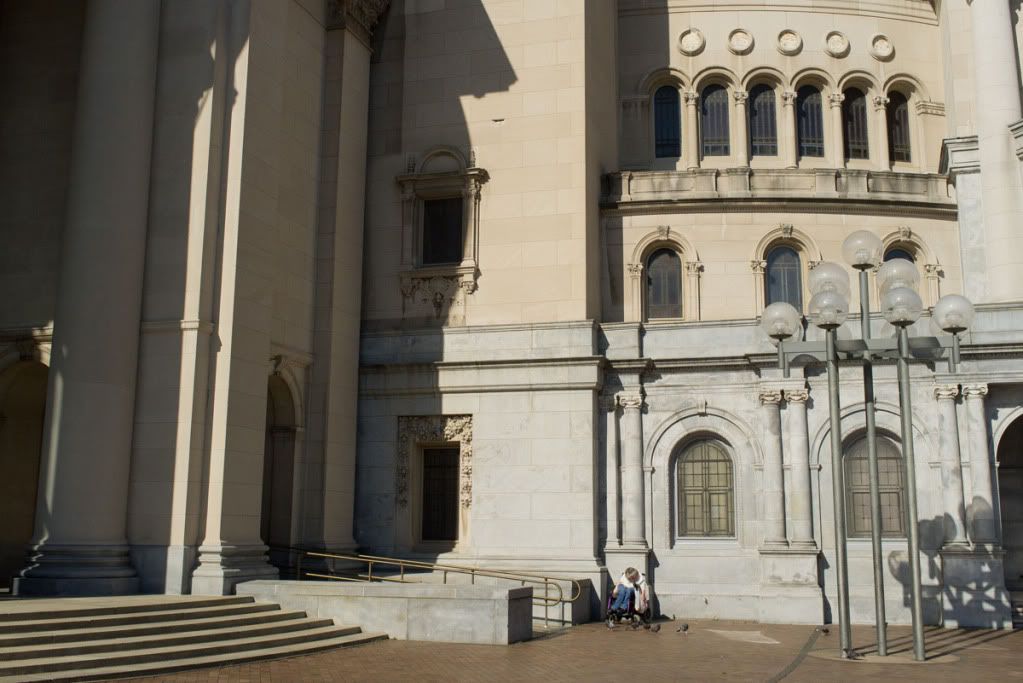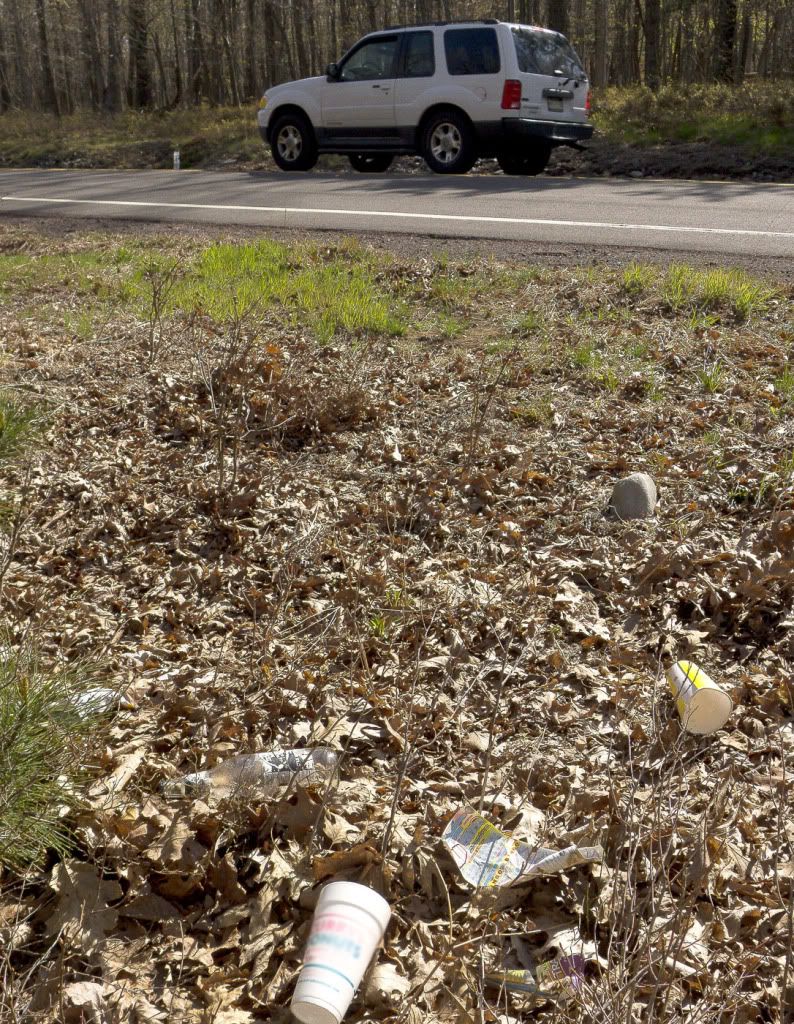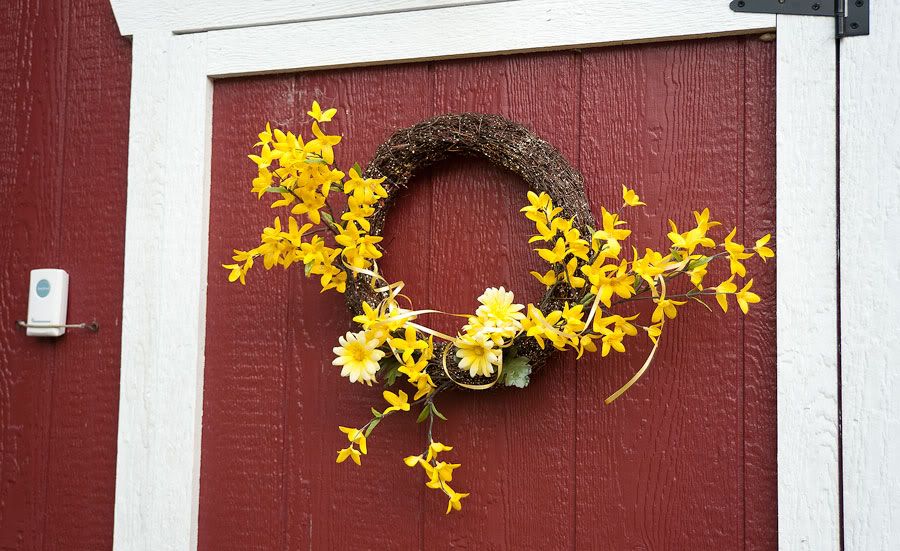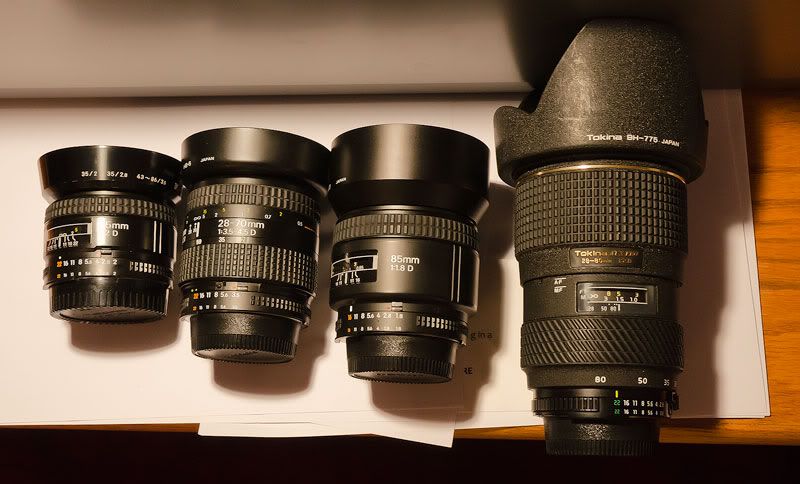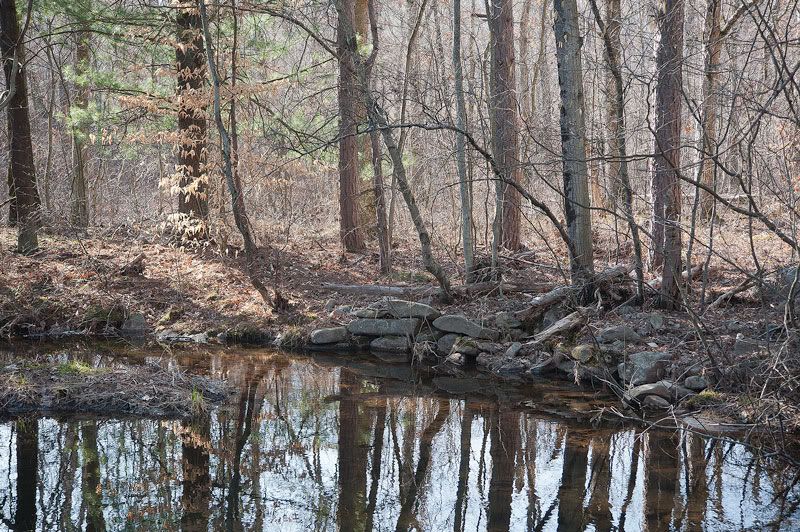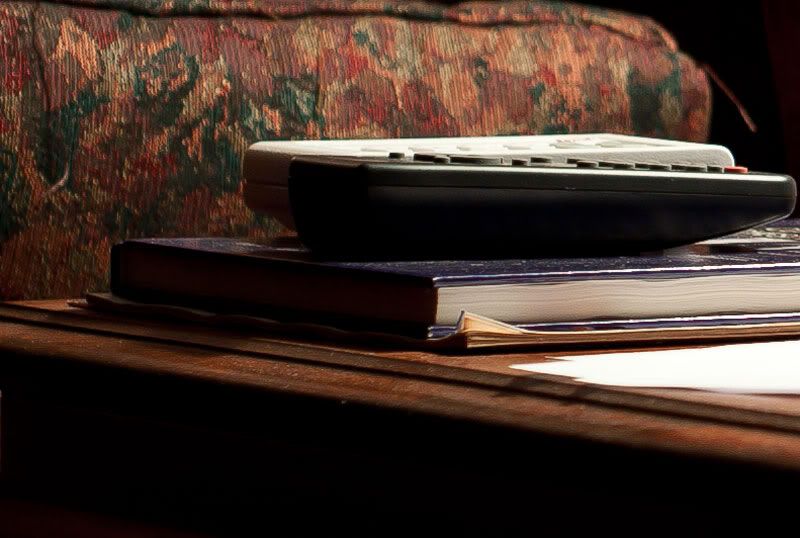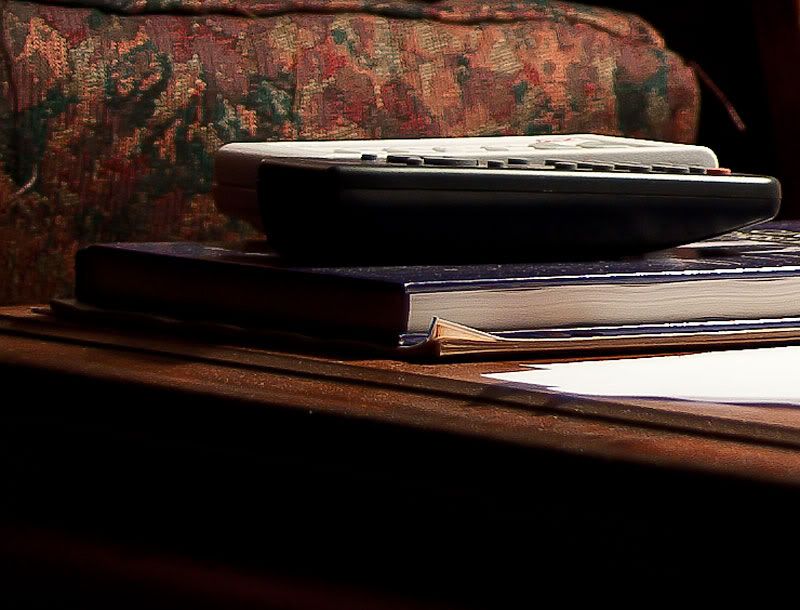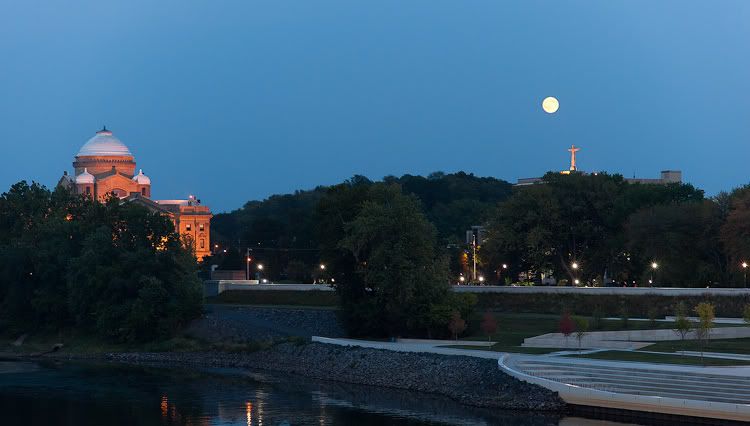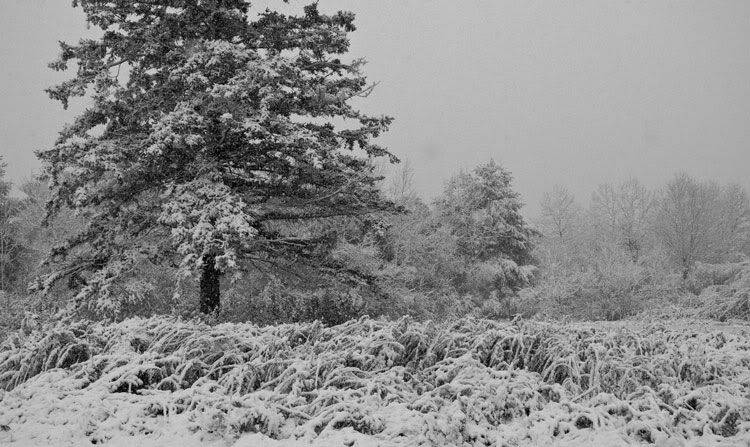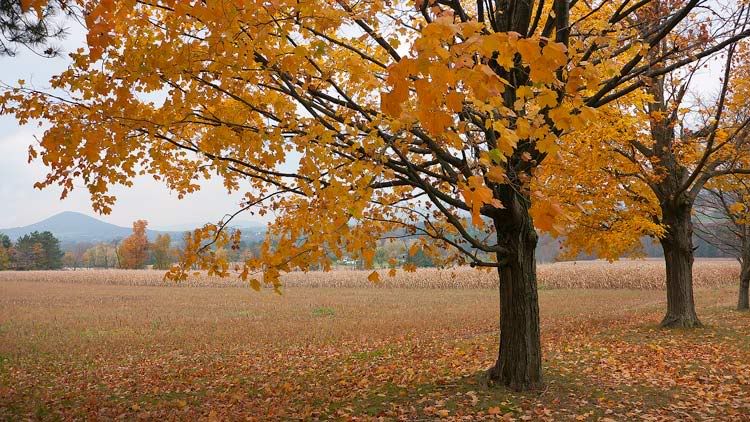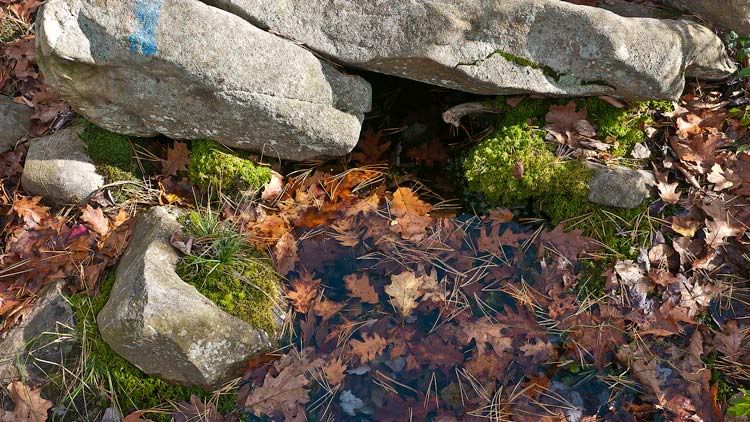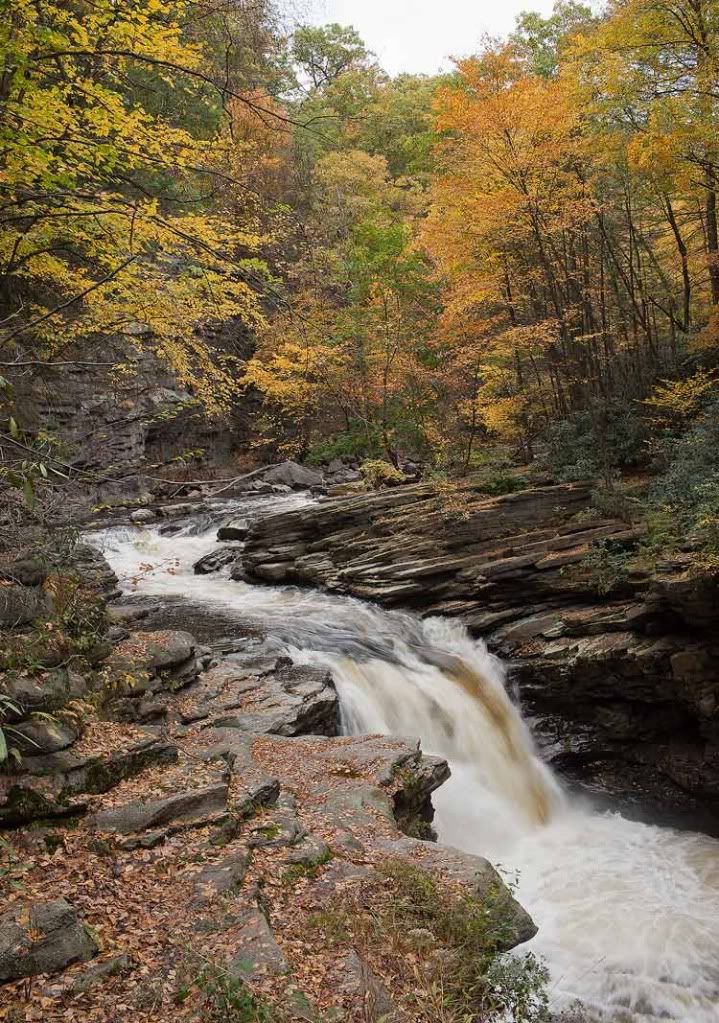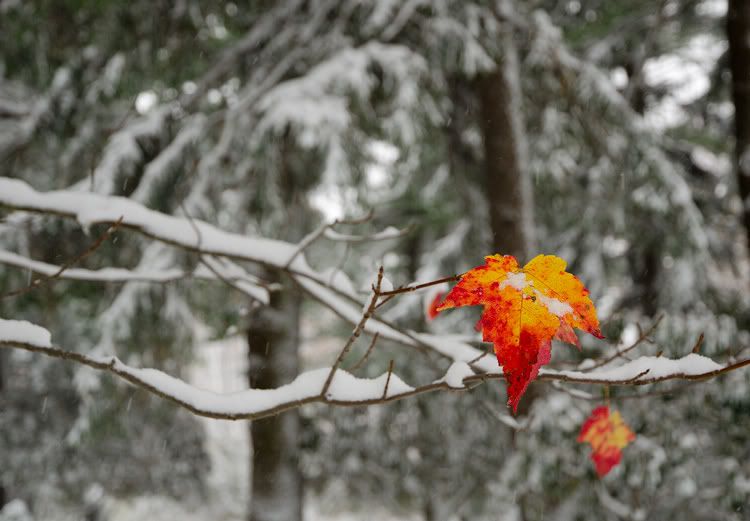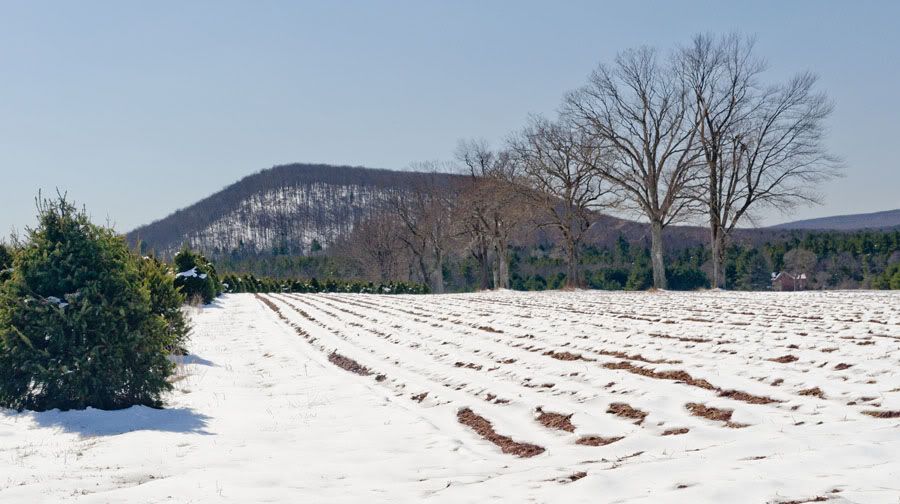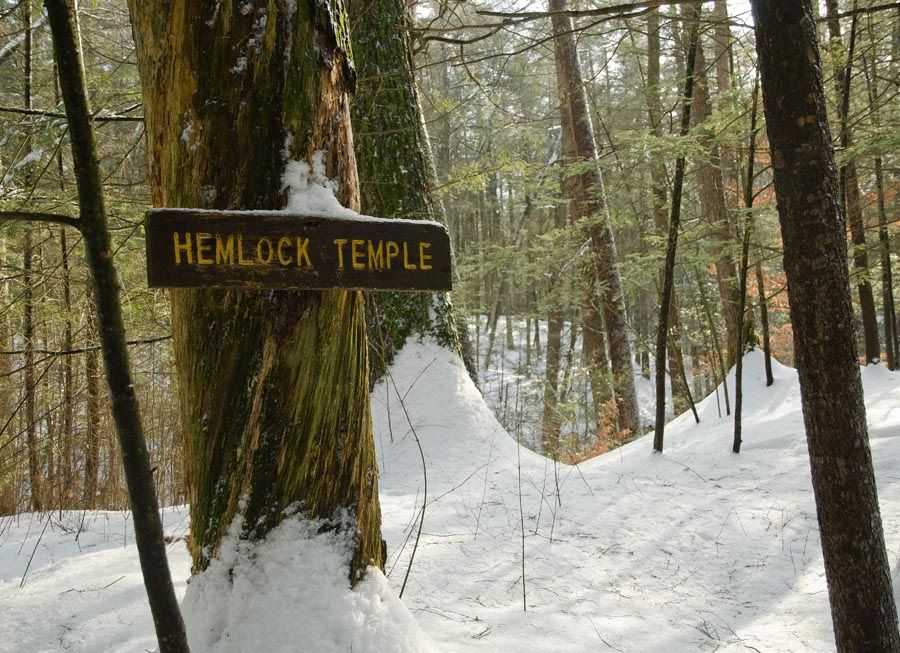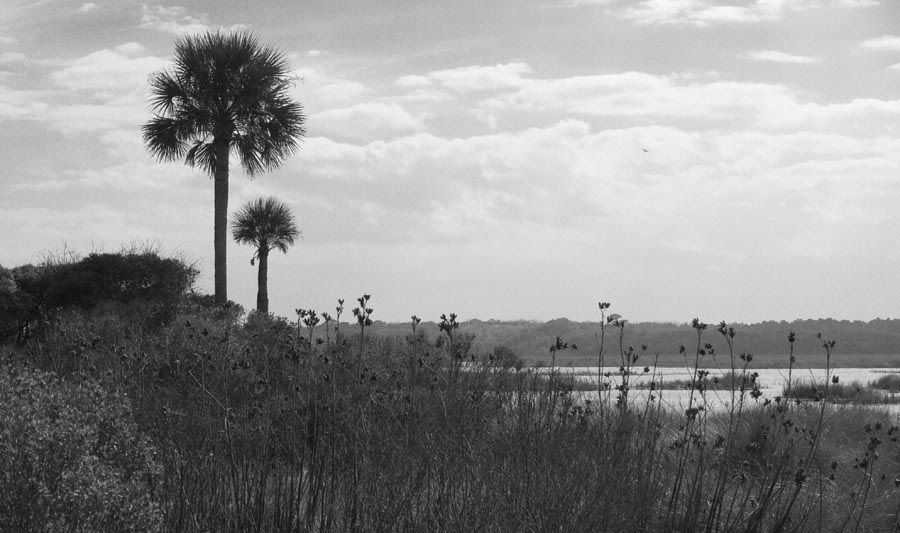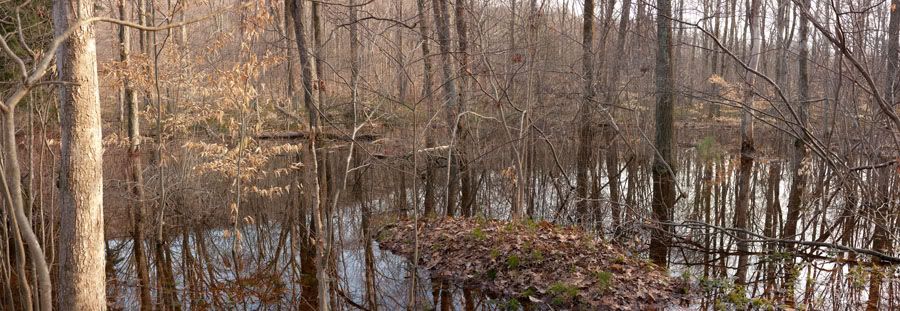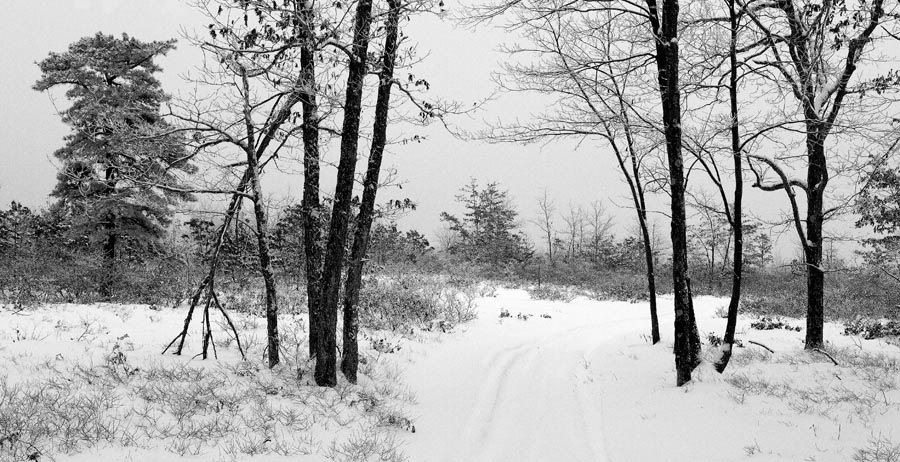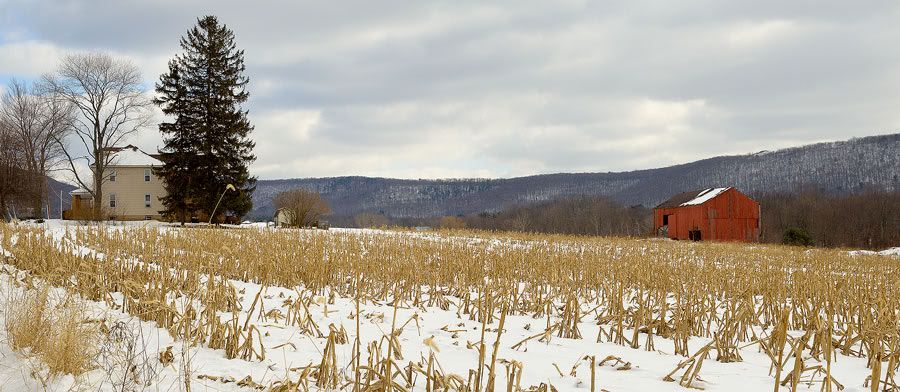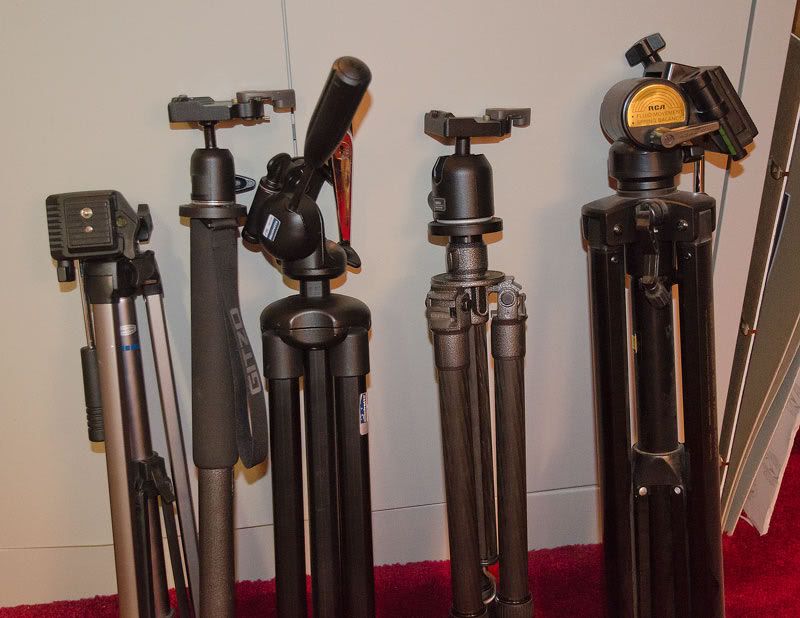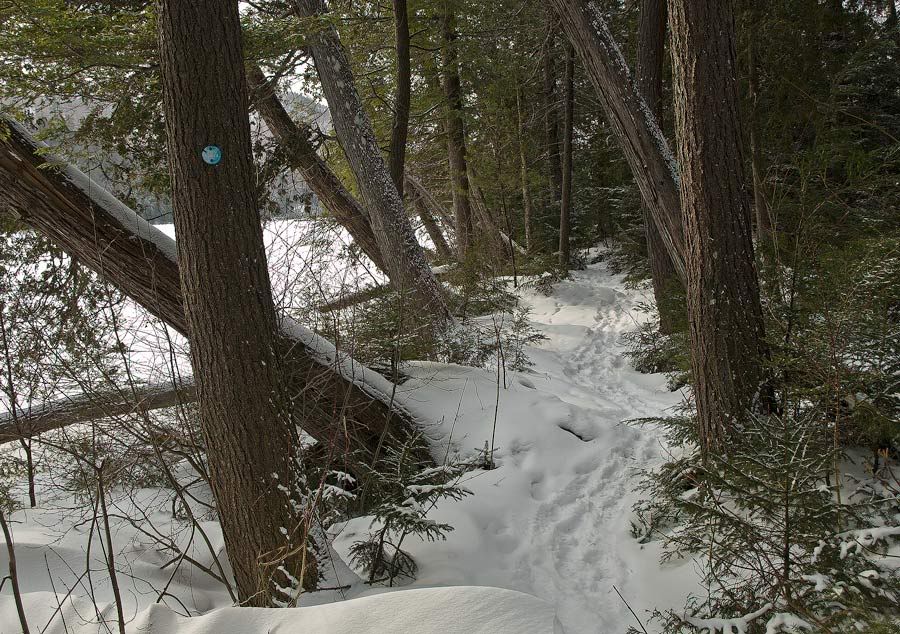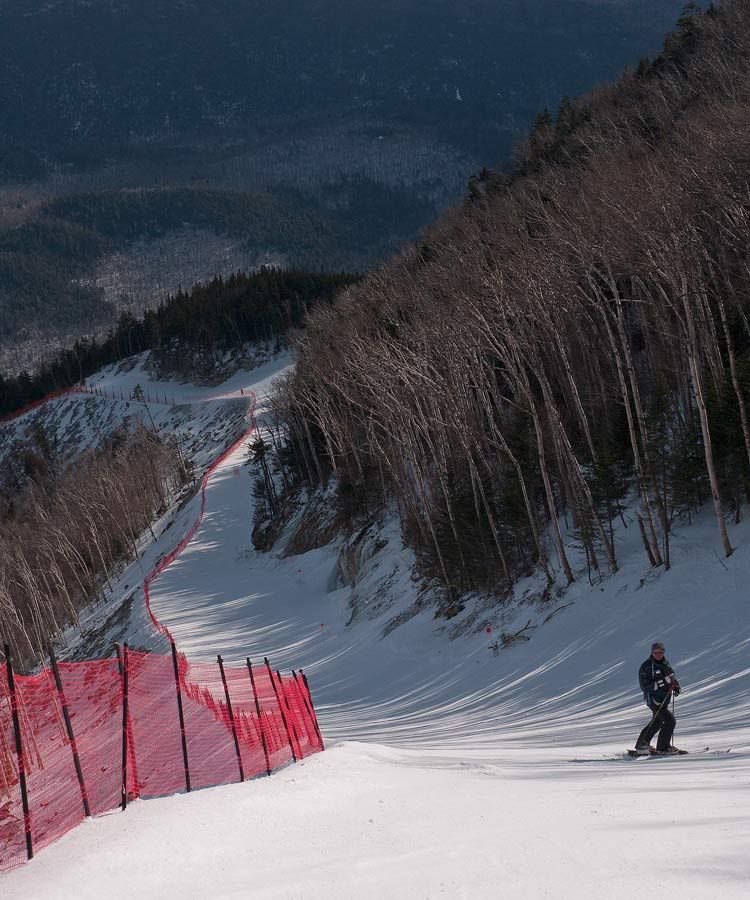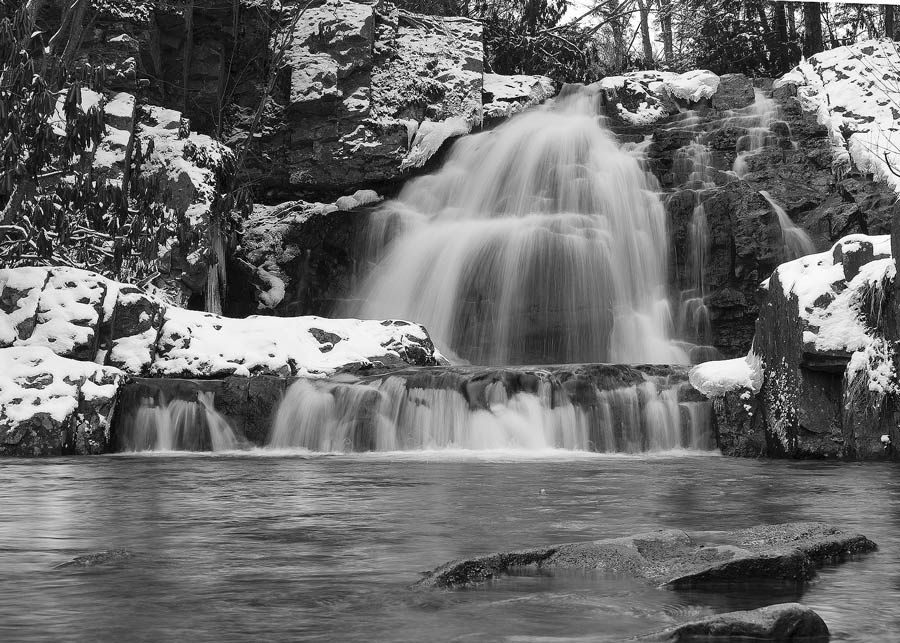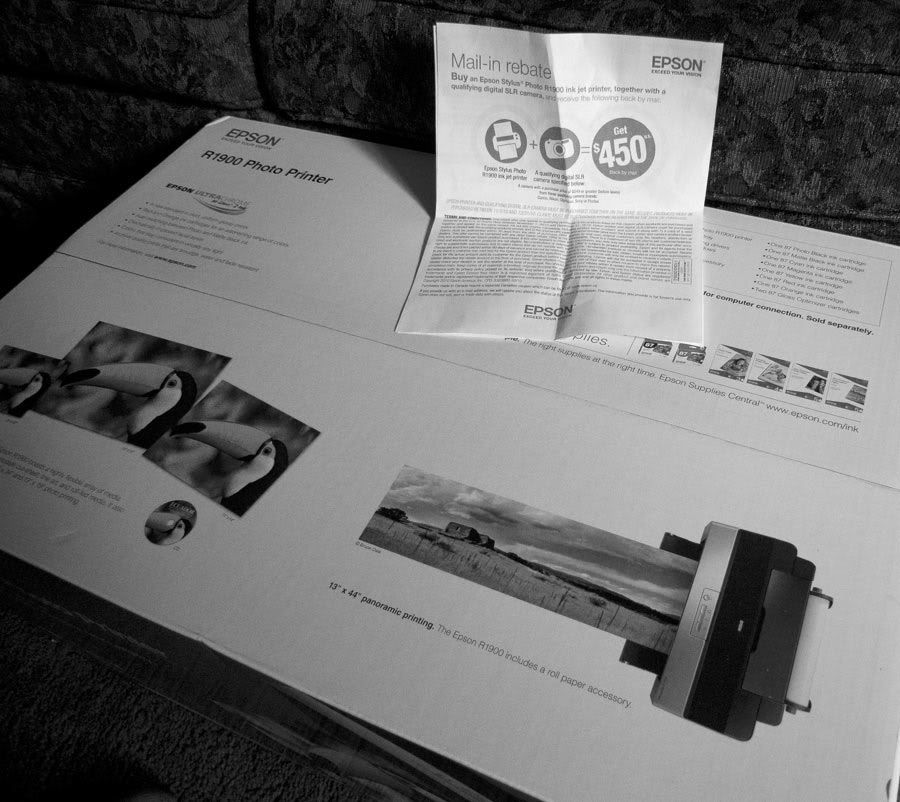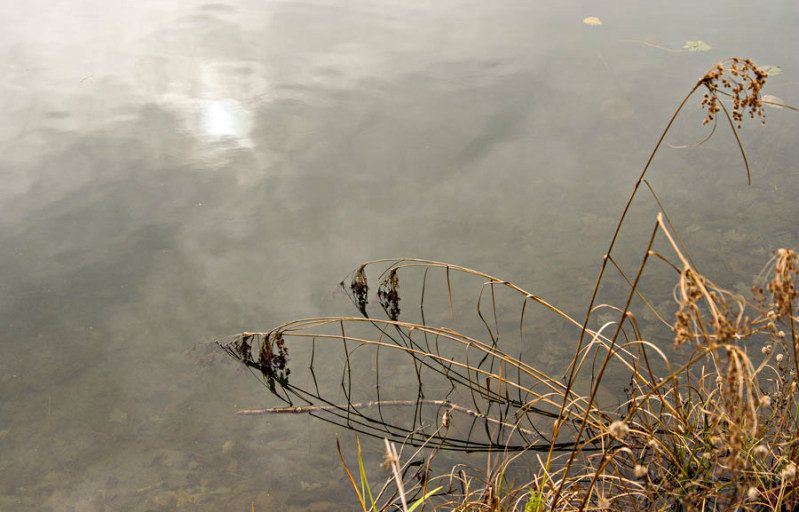
The End (Nikon D600, Nikkor 24-85mm f3.5-5 VR)
I believe a camera upgrade ought to offer real advantages, over the equipment it replaces.
People obviously do have the right to spend money on what they want. It’s easy though, to become deluded into thinking that new camera equipment will make you a better photographer, will make your images sharper, and your prints better; when in fact your time and money would be better spent on photographic instruction, better lenses, or a sturdier tripod.
That having been said, I(using my impeccable judgment) bought a new camera body several weeks ago. I had a choice between purchasing a 36 megapixel, pro-level Nikon D800 “refurb” for about $2400, or the newer 24 megapixel Nikon D600 for roughly $2,100. After considerable thought, I chose that the D600. It was not the difference in cost that drove my decision, but rather the different characteristics of each model that prompted my choice.
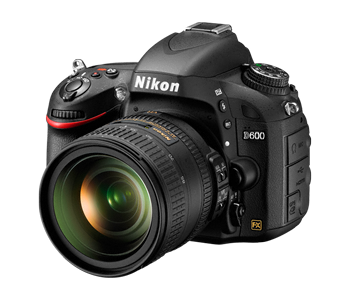
The Nikon D600 ( Imaging by Nikon Marketing)
The D 800 is unequivocally the pro-level body. It is entirely made of magnesium, and is roughly the same size and feel of my D700. It is sturdy and weather-sealed, and suitable for the rigors of full-time daily use. Like many professional level bodies it feels as though it would make a pretty good weapon. I admit that I love the feel of these devices, the weight in my hand, and the deliberate nature of the controls.
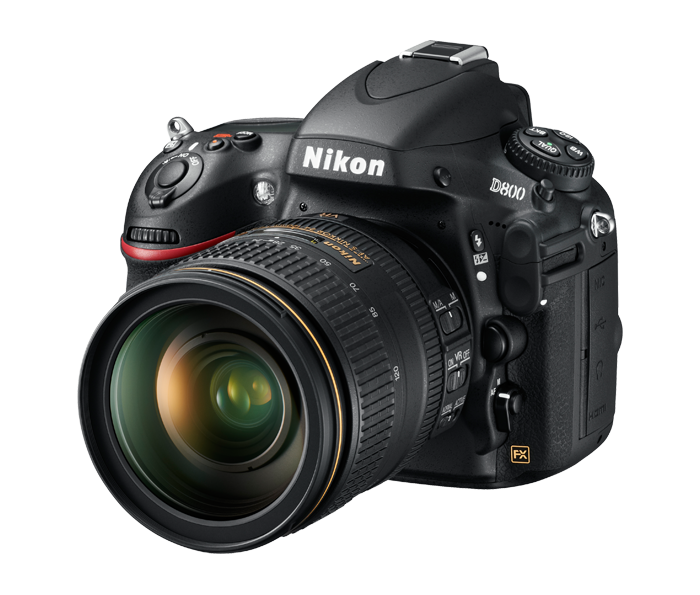
Nikon D800 ( Image by Nikon Marketing)
As a part-time landscape photographer however much of this robustness is of little advantage to me. I shoot 3 to 4 times weekly and do not have to abuse my equipment the way that for instance, a full-time photojournalist would. And, I am happily not really concerned about the bragging rights of owning the Nikon “flagship”.
The D600 is built in a matter very similar to my D7000. It too has a stout magnesium frame, with metal on the top and bottom, but rigid plastic on the front and back of the camera. It also feels very sturdy, but not nearly as weighty as a pro level body. It too, is well weatherproofed. Though it has the viewfinder eyepiece of the more consumer oriented Nikon bodies, the viewfinder covers 100% of the captured image, which is actually an improvement over the viewfinder of my D700. On the left upper surface of the camera, it uses the consumer level rotary dial to select camera modes, rather than the four button pro arrangement of the D800. On the D600, they have added a small locking button on top of the dial, to prevent inadvertent control changes, an addition which is well appreciated. Given this change, I now have little preference for either of the control designs.
The D600 is definitely lighter, and smaller than the D800. Given my style of photography, this is a definite advantage, especially since much of my work involves hiking over considerable distances to arrive at shooting locales.
I like that the D600 uses the same battery, and the same remote release, as the D7000.

D 700, D600, D 7000 relative size ( Panasonic GH1, 14-45mm f3.5)
Now, on to the matter of the imagers. Certainly a 36 megapixel imager, particularly one as fine as the one utilized by the D800 would be irresistible choice. It is the top rated imager by DX0 Mark and is well-known to have extraordinary dynamic range as well as very high-resolution. But high-resolution comes with disadvantages. One of those problems has to do with lens diffraction, which on higher resolution sensors becomes a problem at tighter apertures.
There is also the matter of the sheer size of the files created by a 36 MP imager, and the storage and processing power that they require.
As I’ve stated elsewhere on the site, one can make a perfectly good 20x 30”print from a 12 megapixel large imager camera (micro 4/3 and larger) given good glass and good technique. Generally, this is as big as I need to print. Remember that, for really big prints, stitching multiple images into one is easily accomplished through Photoshop and other imaging software.
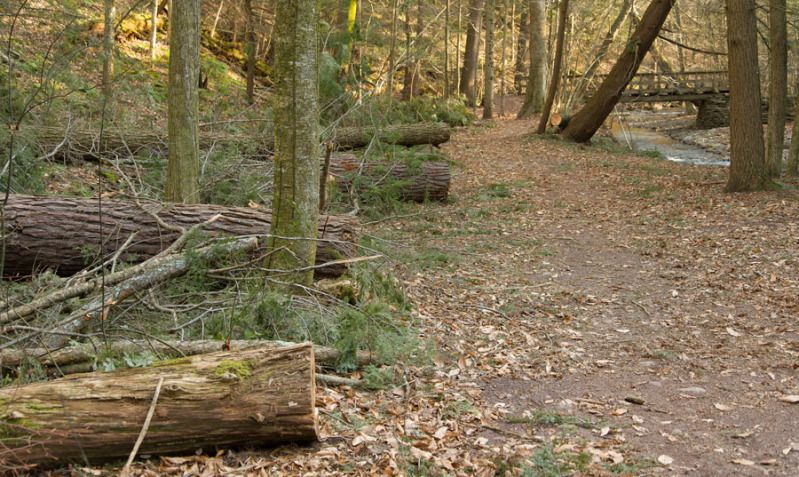
Blowdown from Sandy at Rickett’s Glen (Nikon D600, Nikkor 24-85mm f3.5-5 VR)
The 24 Mega pixel full-frame sensor on the D 600, rates just below that of the D 800 on DX0 Mark site. More importantly, in terms of its high ISO capabilities, it rates higher than all Nikon cameras, save the vaunted D3s, higher even than the D4, which is also full frame, but only 16 megapixels. To me this means that it can replace my D700 as a natural light event shooter (though my Fuji X100 remains my favorite for this work) while still serving as my optimum landscape camera body. Remember, this imager has the same resolution (but is otherwise more capable) as that of the $7000 Nikon D3x, a body I have lusted after for years.
If you look at the D600 sample images on DPreview, you can see that the high ISO images demonstrate a fine grain, with mainly luminance noise, and little color noise. In my experience this cleans up very easily with Photoshop. The D800 images reveal considerably more color noise to my eye. This is certainly expected, given the smaller photo sites of the higher resolution imager.
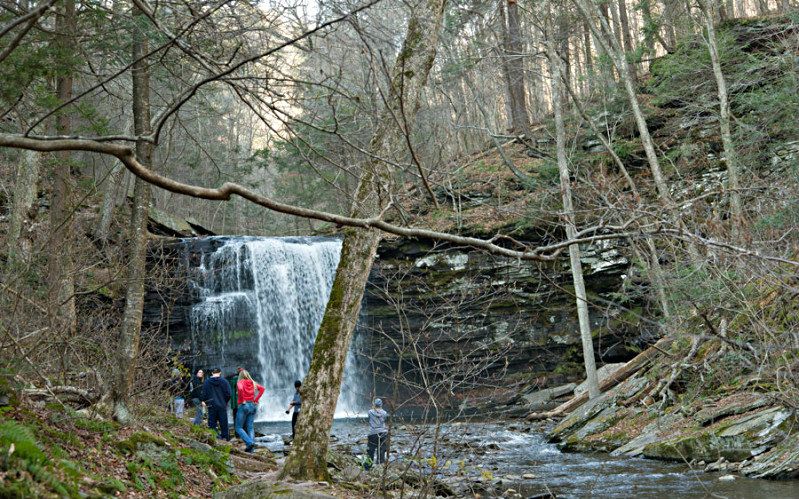
November at Rickett’s Glen (Nikon D600, Nikkor 24-85mm f3.5-5 VR)
Given this, and because I believe the 24 megapixels is all that I all that I really need, I chose the D600. I’ve begun to shoot with it, and hope to post my experiences in the near future.
If its capabilities match its performance on the camera review sites, then I may have a lightly used D700 for sale on Ebay. Given the quality of the D600 imager, the money from that sale had better be spent on good Nikon glass.
Stand by. I’ll have more in a bit.


